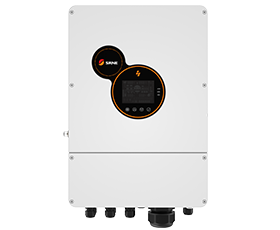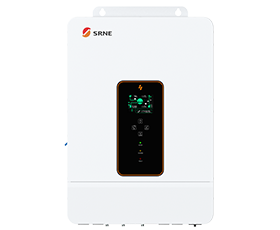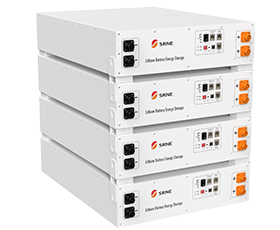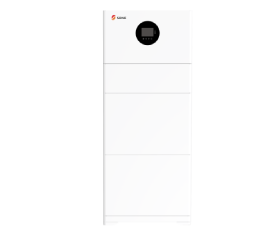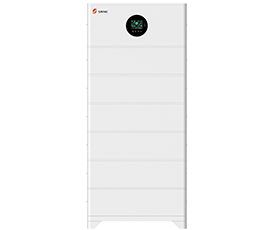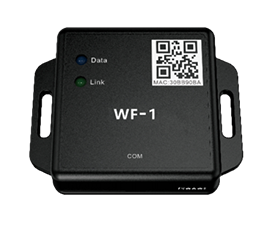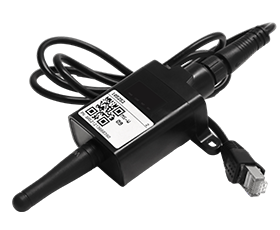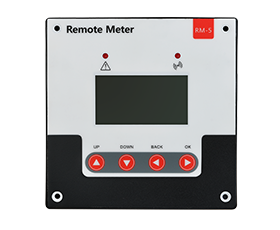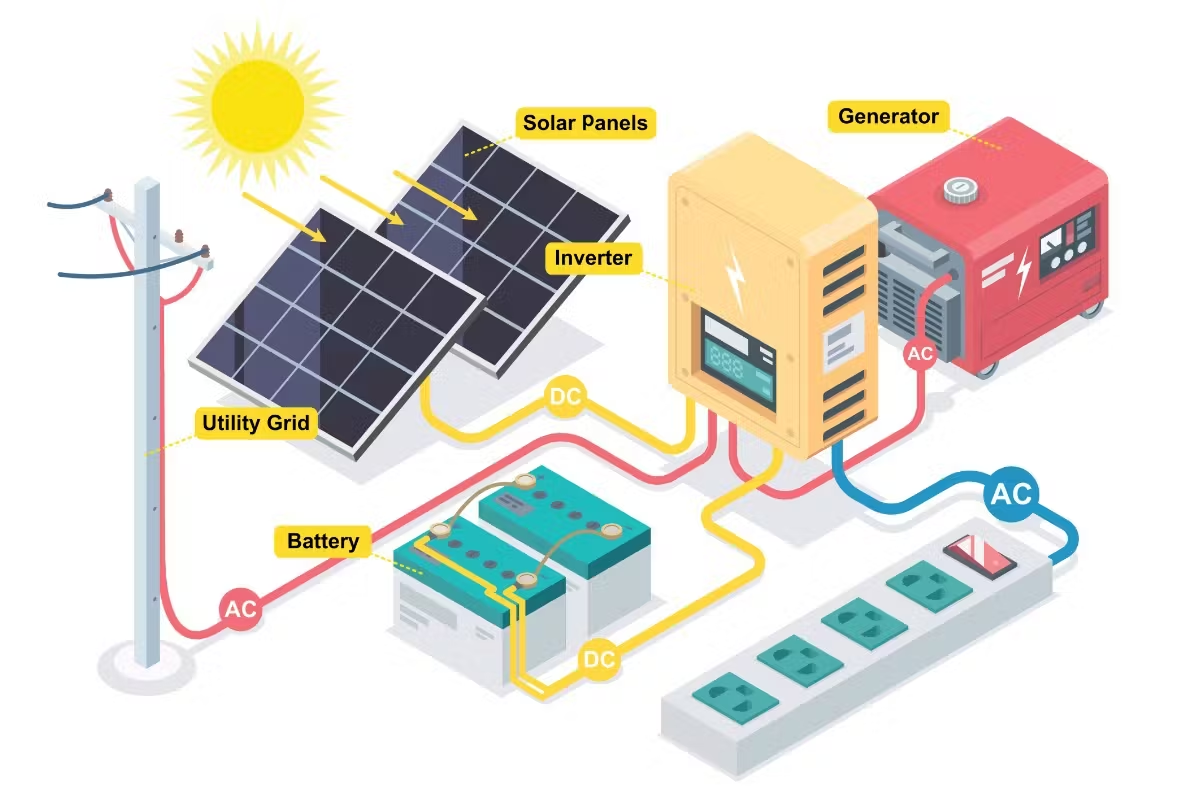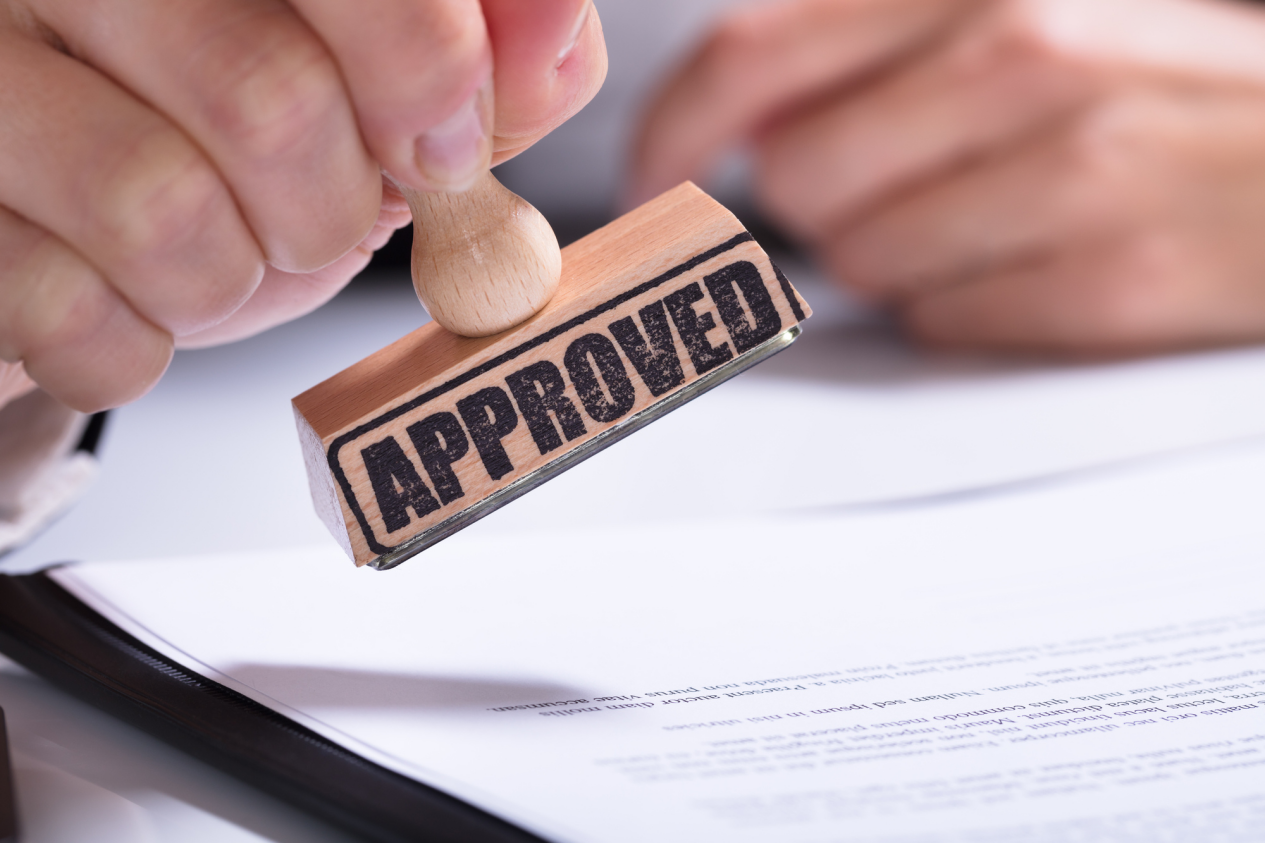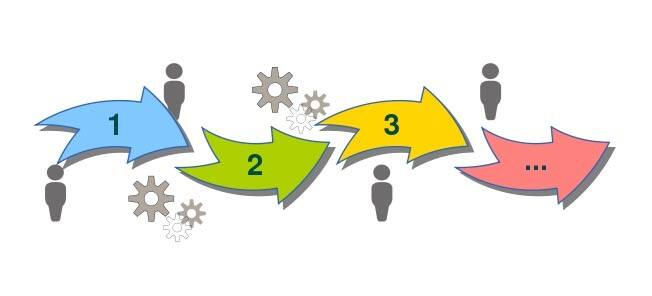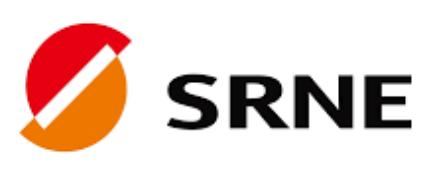Regulatory and Compliance Considerations for Home Power Inverter Systems
The increasing adoption of home power inverter systems offers a sustainable solution for homeowners looking to generate renewable energy. However, before installing such a system, understanding the regulatory and compliance considerations is crucial. Navigating permits, inspections, and adhering to local codes can be a complex process, but it is essential to ensure safety, reliability, and compliance with the law. In this article, we will discuss the various regulatory requirements and compliance considerations for installing and operating home power inverter systems.
Understanding Home Power Inverter Systems
Home power inverter systems are an integral part of residential renewable energy installations, converting direct current (DC) produced by solar panels, wind turbines, or batteries into alternating current (AC) that can power household appliances. These systems play a significant role in energy independence, enabling homeowners to reduce their carbon footprint and energy costs. However, compliance with regulatory requirements ensures that these systems are installed safely and work seamlessly with existing electrical grids.
Permits Required for Installation
Installing a home power inverter system generally requires permits from local authorities. The type of permit required may vary depending on the location and the type of inverter system being installed. Typically, homeowners will need:
Electrical Permit: This permit is required to ensure that the wiring and electrical connections adhere to safety standards. The installation should be compliant with the National Electrical Code (NEC) or any other applicable local electrical regulations.
Building Permit: In some locations, a building permit is also needed if structural modifications are necessary for the installation, such as mounting solar panels or creating space for battery storage. The building permit ensures that any structural changes comply with building codes.
Renewable Energy Permit: Depending on the jurisdiction, a separate renewable energy permit may be required to ensure that the installation complies with state and local renewable energy regulations.
Acquiring these permits is crucial for the legal installation and operation of home power inverter systems. Many jurisdictions also require documentation demonstrating that the inverter meets specific safety and performance standards.
Inspections and Safety Compliance
Once the system is installed, inspections are typically required to verify that the installation complies with local codes and safety standards. Inspections are generally carried out in two phases:
Electrical Inspection: An electrical inspector will assess whether the wiring, grounding, and electrical connections are in accordance with the NEC or local codes. They will check that the inverter is properly connected to the main electrical panel and that any backup battery storage is safely installed.
Final System Inspection: This inspection looks at the overall installation, including system functionality and safety aspects like fire hazard prevention. Some areas also require an additional inspection from the local utility company to ensure compatibility with the power grid.
Passing these inspections is essential for the homeowner to receive permission to operate (PTO) the system, allowing it to be connected to the grid and to begin feeding power to the household and potentially selling excess power back to the utility.
Adherence to Local Codes and Standards
Compliance with local codes and standards is one of the most important aspects of installing a home power inverter system. Different regions have their own specific codes and requirements, which may include:
National Electrical Code (NEC): The NEC provides comprehensive guidelines for the installation of electrical systems, including home power inverter systems. This includes requirements for wiring, circuit protection, grounding, and disconnecting means.
International Residential Code (IRC): In many areas, the IRC also plays a role in regulating the installation of renewable energy systems. This includes guidelines for integrating inverter systems into residential buildings without compromising structural integrity or safety.
Local Utility Requirements: Utility companies often have their own requirements that must be met before a home power inverter system can be connected to the grid. These requirements may include specific inverter models, safety disconnects, or the installation of a net meter to track the amount of energy fed back to the grid.
Grid Interconnection Standards: If the system is intended to feed energy back into the local power grid, compliance with grid interconnection standards is essential. These standards vary by region but generally include rules for how inverters interact with the grid, including safety protocols to prevent back-feeding during power outages.
Navigating the Permit Application Process
To comply with regulatory requirements, homeowners will need to navigate the permit application process effectively. Here are a few steps that can help simplify the process:
Consult Professionals: Working with a certified installer can help simplify the process of obtaining the necessary permits and complying with regulatory requirements. Many installers are experienced in dealing with local authorities and can handle much of the paperwork on behalf of the homeowner.
Prepare Documentation: Documentation such as electrical plans, system design details, and manufacturer certifications for inverters and other components will be required during the permitting process. Having all of this documentation prepared in advance can help streamline the process.
Submit Applications Early: The permitting process can be time-consuming, especially if local authorities are backlogged. Homeowners are encouraged to submit their permit applications as early as possible to avoid delays in installation.
Common Compliance Challenges
Homeowners may face several challenges when trying to comply with regulatory requirements for home power inverter systems. Some common issues include:
Variability in Local Regulations: One of the biggest challenges is the variability in regulations from one region to another. What is permissible in one jurisdiction may be restricted in another. It is crucial to be aware of the specific requirements in your area before starting an installation.
Grid Connection Approval: Gaining approval from local utilities for grid interconnection can be another significant hurdle. Utility companies may have stringent requirements that must be met before a system can be connected, and the approval process can be lengthy.
Changes in Regulatory Policies: The renewable energy sector is evolving rapidly, and regulatory policies are frequently updated to reflect new standards, safety measures, and technologies. Homeowners need to stay informed about any changes that may impact their systems.
Tips for Ensuring Regulatory Compliance
To ensure that a home power inverter system is compliant with all applicable regulations, consider the following tips:
Hire Certified Installers: A professional installer certified by the North American Board of Certified Energy Practitioners (NABCEP) or a similar accrediting body can provide a high level of assurance that the installation will comply with all relevant regulations.
Work with Local Authorities: Engage with local permitting offices and utility companies early in the project to ensure that all requirements are understood and can be met. Establishing good communication can help to minimize potential issues later.
Keep Records: Maintain detailed records of all permits, inspections, and approvals. These records can be important if there are any questions about the system’s compliance in the future or if the homeowner decides to sell the property.
Conclusion
Installing a home power inverter system can be an excellent investment in energy independence, sustainability, and cost savings. However, it requires careful attention to regulatory and compliance considerations, including obtaining the appropriate permits, passing inspections, and adhering to local codes and standards. By being well-prepared, consulting professionals, and staying informed about local regulations, homeowners can ensure that their systems are compliant and fully operational without unnecessary delays.
Whether you're just starting to explore renewable energy options or are ready to proceed with an installation, understanding these regulatory and compliance requirements is key to a smooth process and a successful project.
At SRNE, we are committed to helping homeowners navigate these regulatory challenges with ease. Our expertise in renewable energy solutions and our range of high-quality home power inverter systems make us the perfect partner for your energy independence journey. Our certified installers and support team are here to assist you every step of the way, ensuring your system is safe, compliant, and optimized for your needs. Choose SRNE for a reliable and hassle-free experience in renewable energy.





















